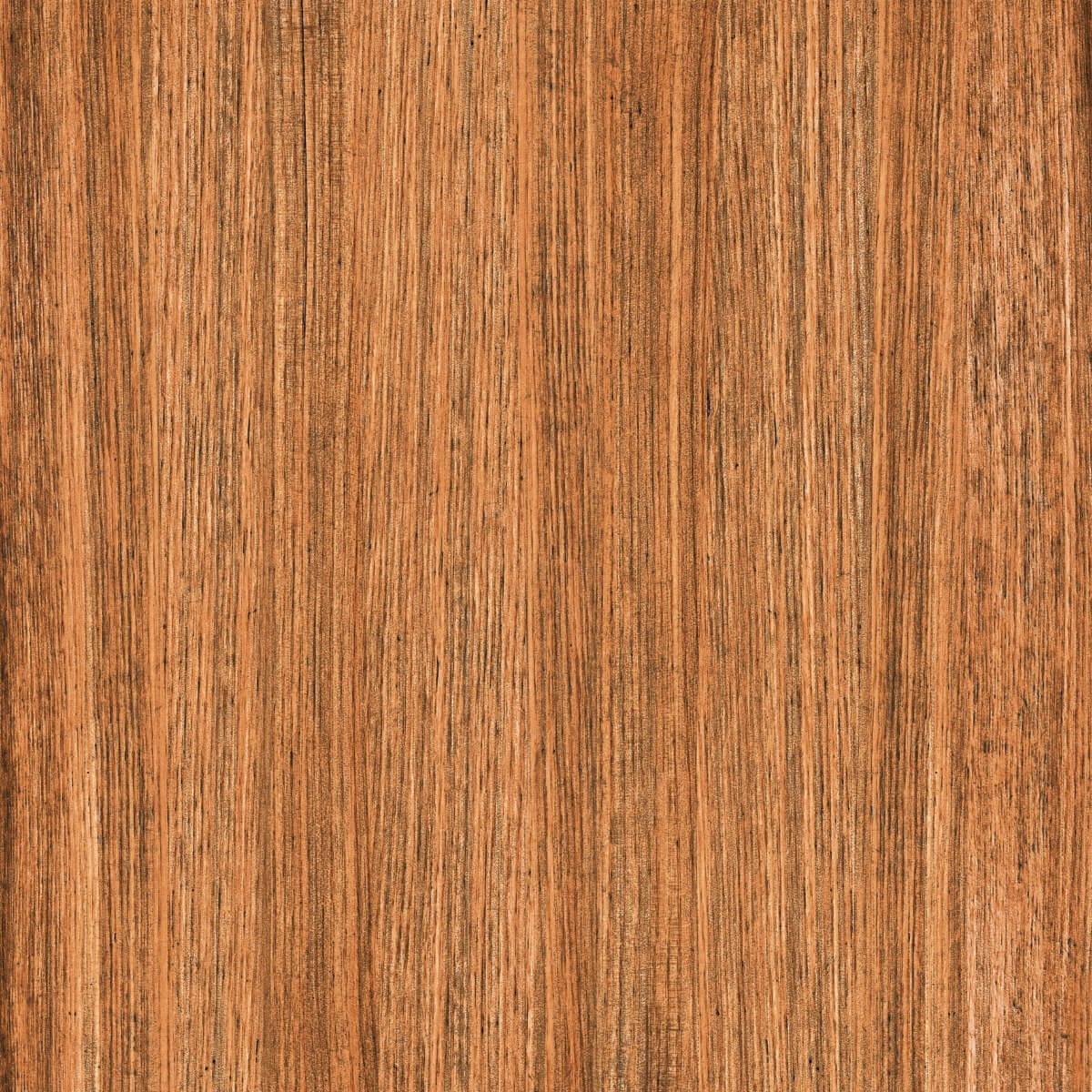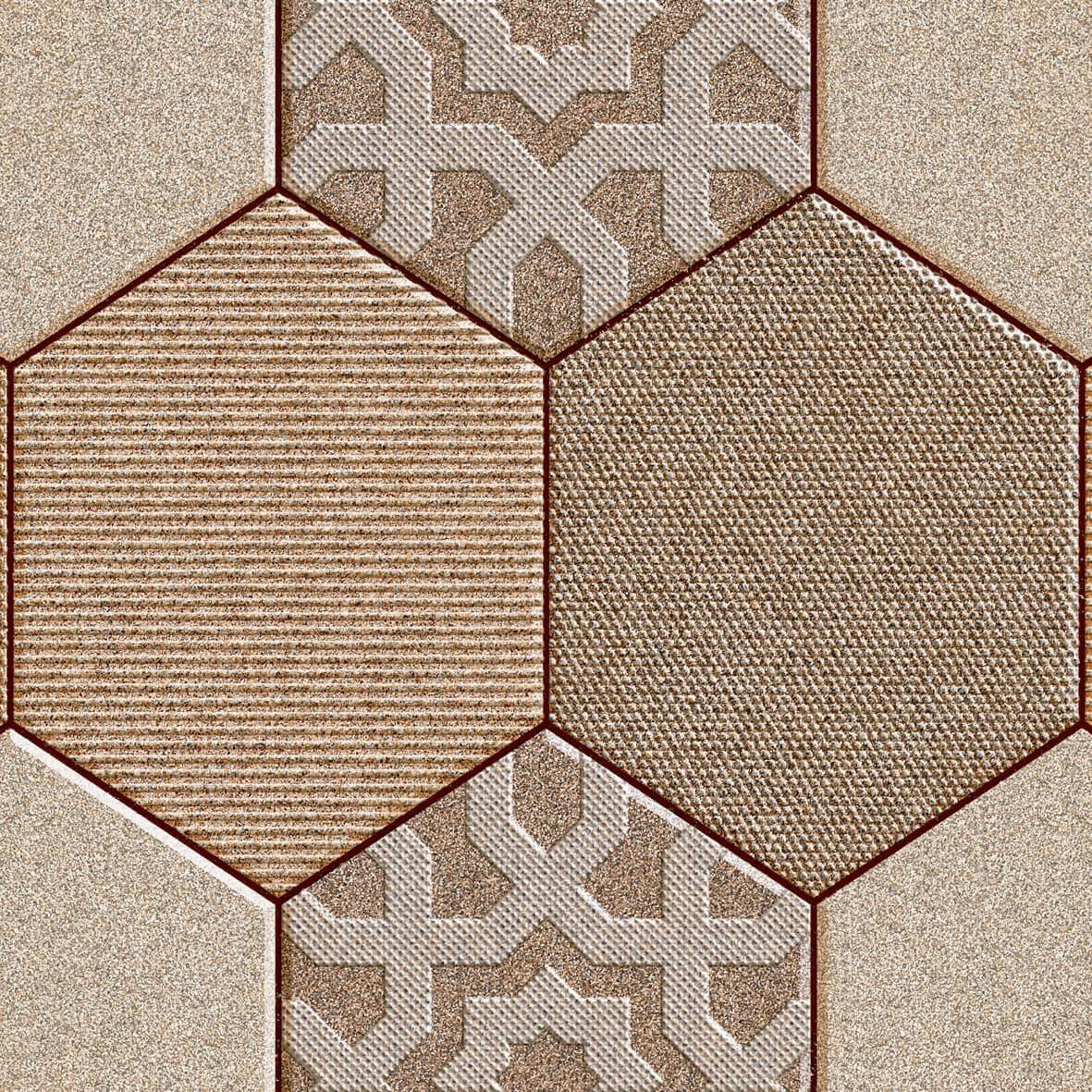A pioneer in the fashion industry & Padmashree awardee, Ritu Kumar had an insightful conversation with ace interior designer, Lipika Sud, in the first episode of our latest campaign “Icons of Creativity”.
You can now watch the entire episode of Icons of Creativity with fashion icon Ritu Kumar here:
Ritu Kumar, the one who brought the Indian traditional crafts to the forefront, talked about designs, creativity, and entrepreneurship. Here is an excerpt from this inspiring and thought-provoking conversation.
How would you describe your journey? How did you become a fashion designer?
When I went to pursue my higher education in the USA, I realised how little I knew about Indian heritage and art, because we were never taught about that in school. And to gain more knowledge, I enrolled in museology in Kolkata.
When I was out for an archaeological dig as a part of my course, I noticed a small village, which had many talented hand block printers but no resources. Afterward, I studied fashion and started with just four hand block printers and became a retailer by accident.
The shopping scenario has completely changed. People now prefer shopping online. What do you think about this?
I think it is a very good platform for the crafts area because it does not require a large investment. And if you have skills, resources, and low investment, it is the best way to encourage a start-up.
What do you have to say about the fascination of people for buying a label?
This psyche becomes even more underlined when you are shopping online. This is because if you have an anonymous label with the same product., you probably won’t be that attracted to it. It is thus very important to introduce modern marketing tools in your business.
Marketing and branding are essential for a successful business. What happened in your case?
At the beginning of my career, word of mouth was the only way of marketing. It took us 30 years to establish five stores, which was important for us to keep and sell our pieces. Also, the media was not too strong either. Even if they cover my story, I got mentioned only in the last few lines. So, in my case, marketing happened slowly and steadily by the word of mouth.
What do you have to say to the young designers not just in fashion, but in the interior, furniture, and products?
I would advise that stay with your strength. If you are a designer, stay in the essence of being a designer and join a company that can manage other areas such as retailing, marketing, finance, etc. If you try to do everything on your own, your design gets diluted, and you cannot make a mark.
Tell us about your book, “The Costumes and Textile of Royal India”.
The book came out of sheer necessity. When I was trying to learn about old textiles, there were not many to be looked at except for the ones in the museums. So, I met traditional royal families, and riyasats and saw their designs – which were later revived by our team.
I am also writing a book about the textile areas I have been so that If the younger generation wants to visit them, they will know where to go.
What is the one thing you would want to tell creative people?
Be hard on yourselves. Do not approve of what you have produced in the first go. Get honest critiques around you who will tell you where you lack. This is very important to improve yourself.
How is the fashion industry likely to change post the pandemic, given the economic downturn and fashion being a non-essential?
Textile is huge in our country, no matter what is the situation, people will still be wanting fabrics. But the reality is, we will be going back a decade or two for a while. I think we are going to follow a very neat fashion, for brides as well. Which is something you will buy and leave it for your daughter, it will not be about following the latest fashion.
Stay tuned for the next episode of Icons of Creativity with another legend ready to dive deep into what makes a legend in their own capacity.



























